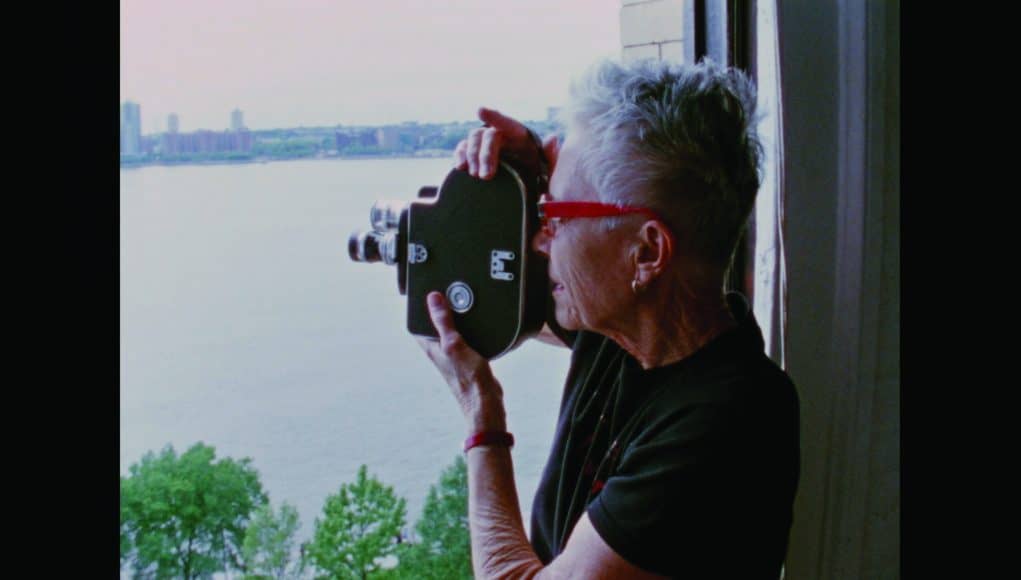by Rebecca M. Alvin
When filmmaker Barbara Hammer died from complications of ovarian cancer in 2019, the film world lost one of the most innovative filmmakers of its avant garde. In a career that spanned more than 50 years, Hammer had created an outstanding body of work, ranging from scores of experimental shorts, including Multiple Orgasms (1976), which was chosen to be preserved by the National Film Preservation Foundation with funding provided by the George Lucas Family Foundation, to the extraordinary Nitrate Kisses, a documentary about the hidden lives and legacies of lesbians that went on to win numerous accolades and is considered a landmark masterpiece of queer cinema, a first of its kind. Her work is at once provocative, playful, sensual, and formally inventive.
Although 10 years younger than Hammer, experimental documentary filmmaker Lynne Sachs hit her professional stride in the same circles with her in San Francisco in the 1980s, and the two developed a unique friendship that spanned several decades. Sachs, herself an innovator in creative nonfiction filmmaking, took a workshop taught by Hammer about optical printing, a process for creating special effects through specialized processing and techniques in celluloid film. Likewise, Hammer studied sound recording with Sachs. Both conceptually and practically, they were working in an alternative film universe compared with the mainstream, male-dominated one. Each of them operated like a one-woman band: filming, recording sound, editing, performing, directing, etc. each on her own, making deeply personal films that addressed larger societal issues from individual perspectives.
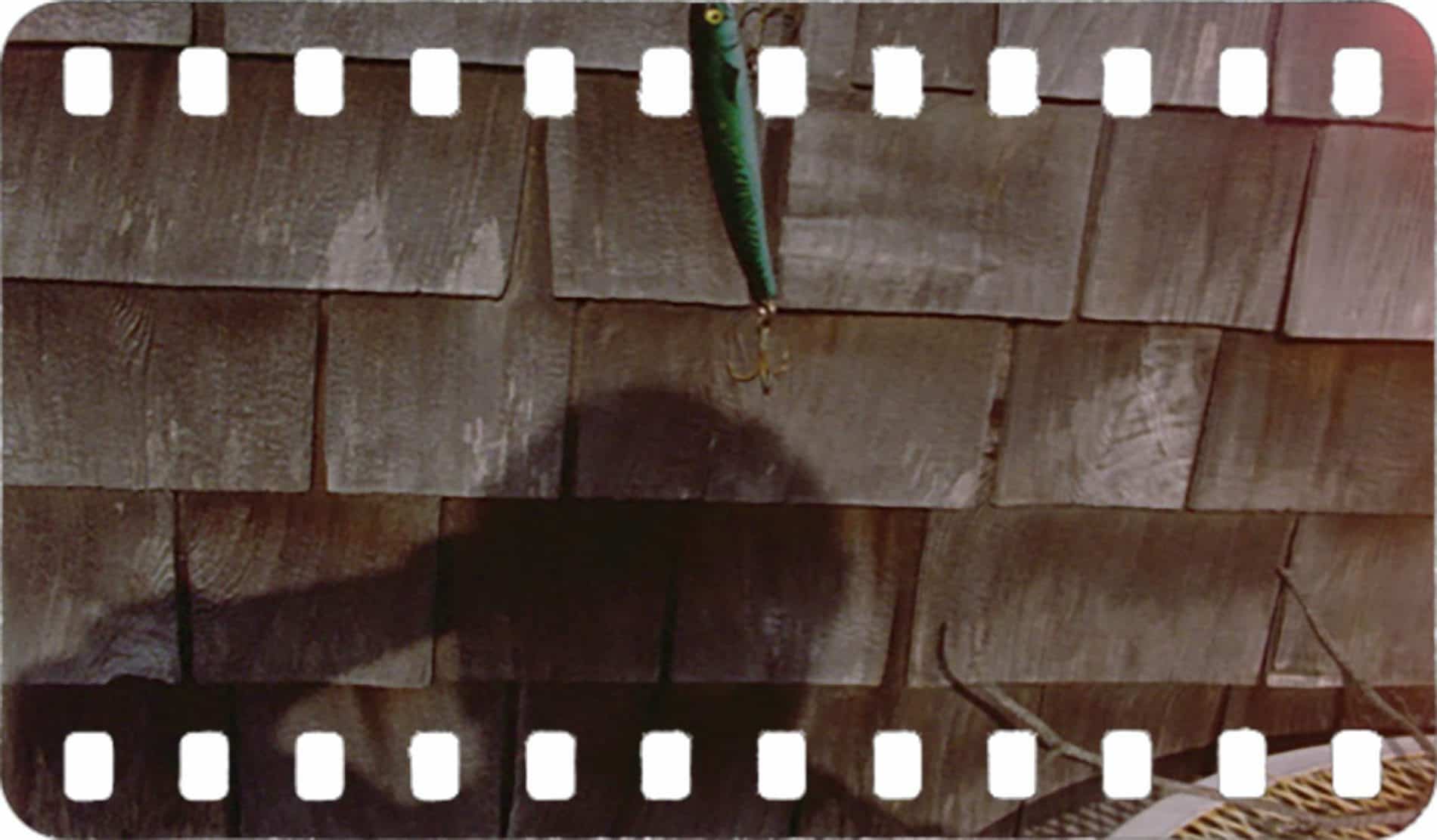
In that environment at that particular time, Sachs says, “The word documentary was not assumed to be a sort of template for an educational film or a diatribe on a political thesis, but it was a place to explore the subjectivity of reality. And that’s what drew us into working with issues that matter to us. Whether we were looking into issues around race or age, at the time we were doing it from our subjective place. We were both making films that refracted and played with the reality we were observing.”
As each woman’s career in cinema expanded, they maintained a creative connection, with talk of collaboration going back many years. But as Hammer was preparing to die, having lived with ovarian cancer for several years, she asked four filmmakers to complete films she had in the works. One of those filmmakers was Sachs, whom Hammer asked to complete a film from footage, sound, and journal entries created here in Provincetown while staying in one of the famed dune shacks in 1998. Sachs agreed and the resulting 14-minute film, A Month of Single Frames (2019), will be shown at AMP Gallery as part of a month-long celebration of Hammer’s life, work, and legacy, along with Sachs’ 2018 documentary about Hammer and two other filmmakers (Carolee Schneeman and Gunvor Nelson) called Carolee, Barbara & Gunvor, and one by Brydie O’Connor called Love, Barbara.
A Month of Single Frames is an extraordinarily beautiful meditation that combines sound and image from the 1998 dune shack stay with present-day recordings of Hammer reading from her journal and poetic on-screen text Sachs wrote. The process is transparent, with Sachs and Hammer discussing what to record as they record it, bringing us back to that idea of documentary as a construction and not mere “reality.” Closeups of a dragonfly, beach grass swaying in the breeze, stop-motion animation with snail shells are enveloped in the sounds of nighttime insect choirs, waves, and creaky floorboards. Hammer’s sense of wonder, what she describes as being “overwhelmed by the simplicity” comes through bright and clear through colored gel flag shadows in the sand with her narration describing the cinematic experimentation that continued throughout her life. Sachs weaves these elements together to create a portrait of an incredible film artist who, like many before her, found inspiration here in the ecology of the dunes.
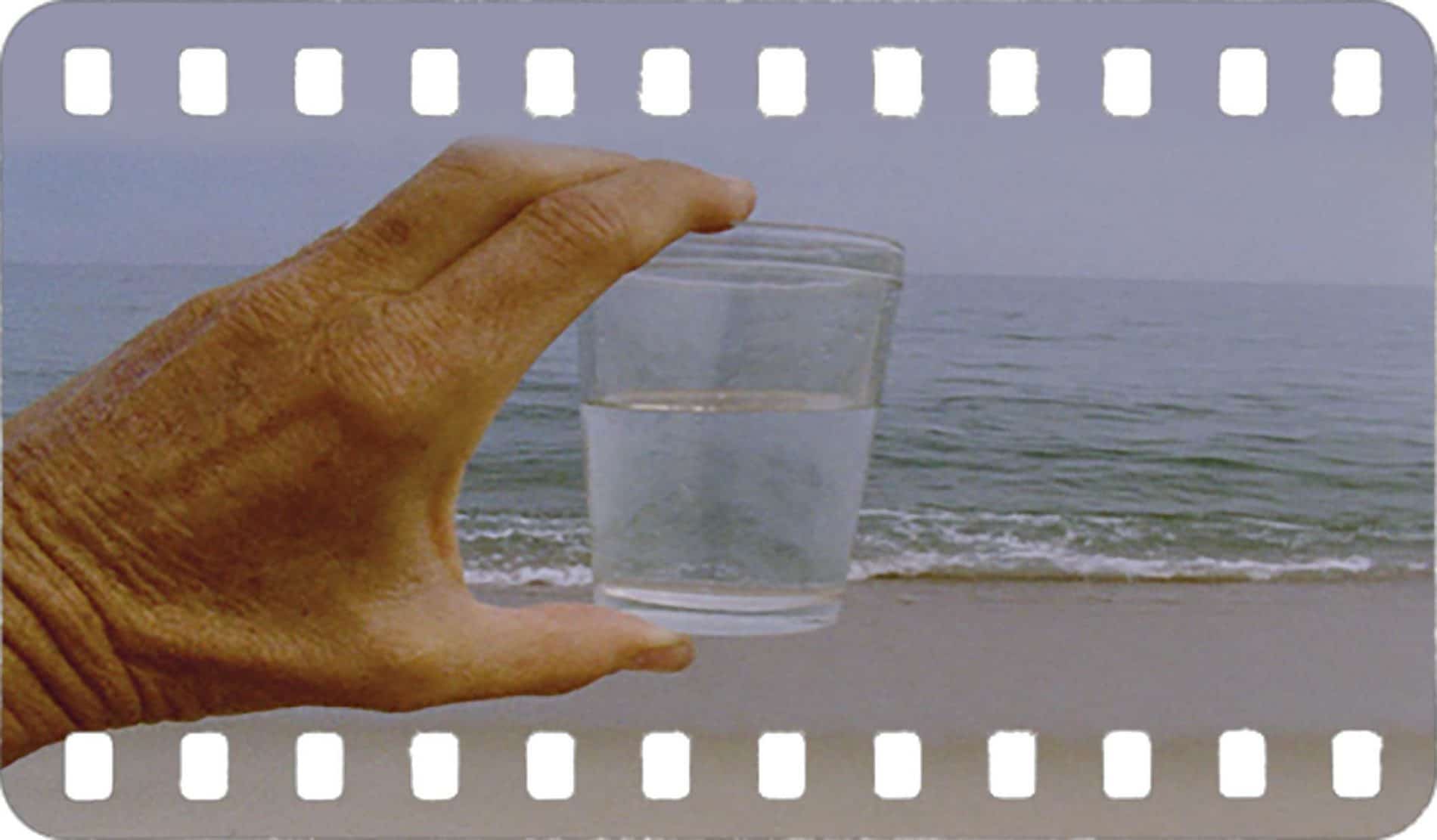
While Hammer’s body of work is centered on female sexuality quite specifically, and Sachs often weaves in elements of her family history, (sometimes focusing entirely on it, such as in the film Film About a Father Who… about the complexity of her father and his problematic relationships), the two filmmakers share a feminist approach and an interest in film as language; they worked with its formal qualities, experimenting with techniques and devices unique to cinema, and they both imbue their films with the personal and specific, often in a documentary context. In an age where documentaries have become extremely popular but also extremely narrow in their formal conventions, there is often a misunderstanding of just how diverse documentary as a form is. Both fiction and documentary films convey truth, opinion, and fabrication by virtue of being creative works, and there is a long history of hybridity that distinguishes documentary from journalism. This doesn’t only include experimental artists like Sachs and Hammer, but also more mainstream documentarians like Werner Herzog and Agnes Varda whose works never attempt to hide the personal lens through which the subject matter is seen.
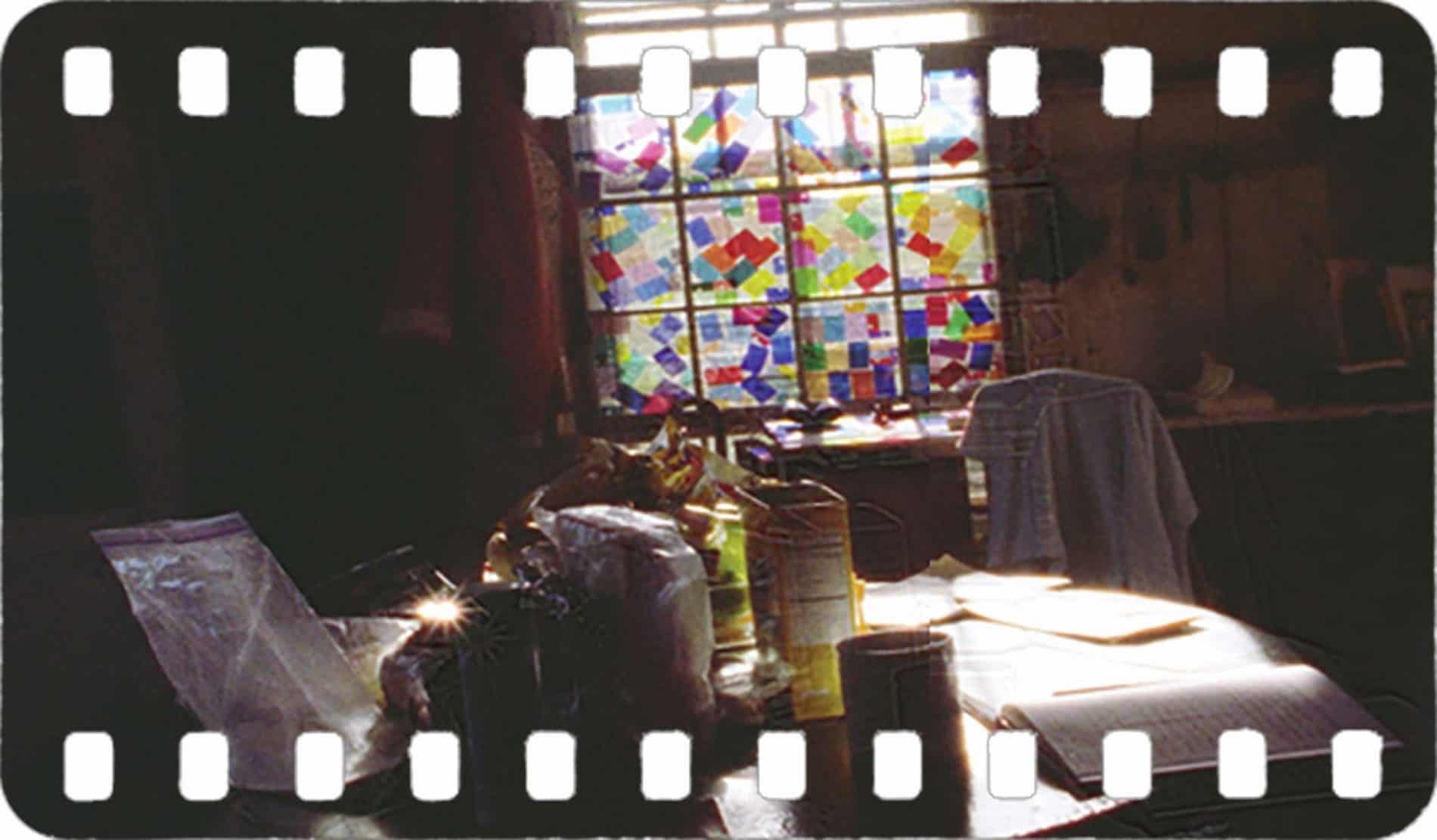
“It’s a vessel for thinking about how reality works and doesn’t work sometimes… It’s separate from journalists. We actually not only deal with reality, we also ask how that can become a truth, or it becomes a subjective hypothesis. It always comes with a subjectivity that’s, I think, really important—that who sees the reality is as important as what is seen. And so when we say, ‘through the lens,’ it’s, you know, through the lens of a woman or through the lens of a gay person or a Black person, and it shapes your experience of that reality,” explains Sachs.
But also, she says the process is about discovery as you go. “To engage with reality is also the possibility for play and a kind of dance with what you observe and how you then share it with your audience. I think Barbara taught us that. She loved to play with her materials. That was like her touch, and that’s where she found surprises and found out more about herself. I think in documentary you also have a chance for introspection which to me is really important.”
Barbara Hammer’s films, drawings, and other works are on view at AMP Gallery, 432 Commercial St., Provincetown, along with the films by Lynne Sachs and Brydie O’Connor through June 22. For more information call 646.298.9258 or visit artmarketprovincetown.com.
This Week’s Films at AMP Gallery
Films by Barbara Hammer
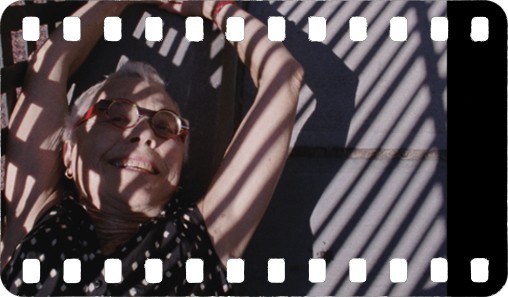
June 9 Place Mattes: 1987, 7:36 min, color, sound, 16 mm film on video.
June 11 Contribution to Light: 1968, 3:42 min, color, silent, Super 8mm film on HD video.
June 12 Multiple Orgasm: 1976, 5:32 min, color, silent, 16 mm film on HD video.
June 13 Dream Age: 1979, 10:58 min, color, sound, 16 mm film on HD video.
June 14 Pond and Waterfall: 1982, 15 min., color, silent, 16 mm film on video.
Film by Brydie O’Connor
June 8 & June 15 – 16 Love, Barbara (documentary; 15 min.)
Films by Lynne Sachs
June 10 & June 17 – 18 A Month of Single Frames (Made with and for Barbara Hammer; 14 min. color sound 2019)
NOTE: Films continue through late June. Visit artmarketprovincetown.com/happenings for a complete schedule.

